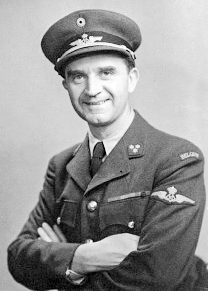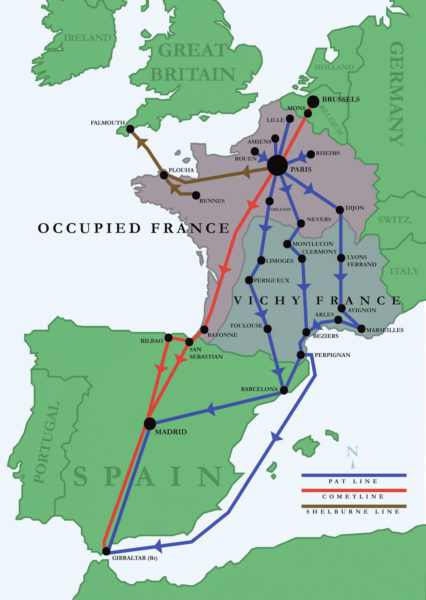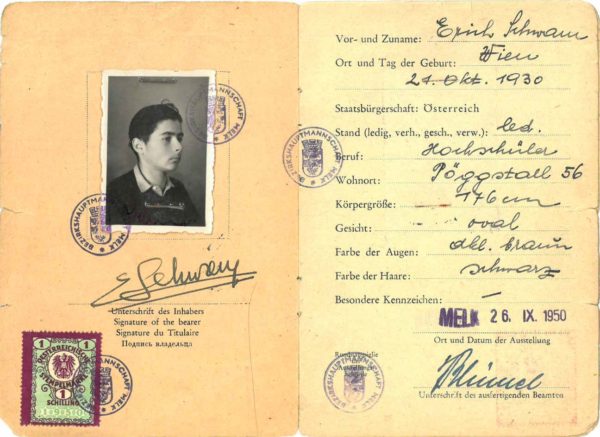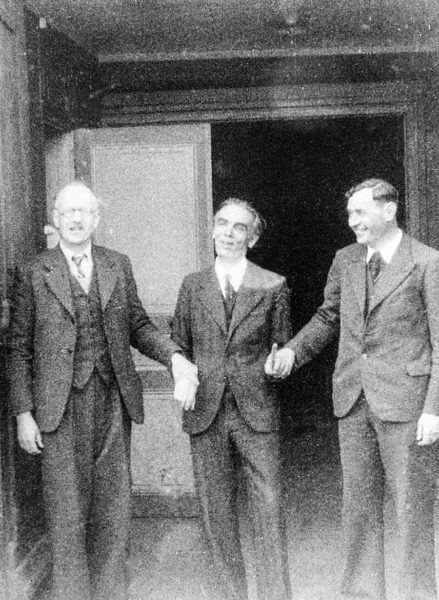One of the most effective resistance activities during World War II was the establishment of escape and evasion lines (click here to read the blog Escape Lines). These were elaborate, sophisticated, and clandestine routes set-up to guide downed airmen and escaped POWs back to England.
Today’s blog offers you the opportunity to learn about a former British military intelligence agency dedicated to supporting the escape and evasion lines as well as the Possum Line and its Belgian founder, Dominique Edgard Potier.

Did You Know?
Did you know that four sitting United States presidents have been assassinated? Robert Todd Lincoln (1843−1926), the eldest son of Abraham Lincoln, was nearby when three of the presidents were assassinated. Lincoln served in the Union army on Gen. U.S. Grant’s staff and he later became secretary of war under presidents James A. Garfield and Chester A. Arthur. One of Lincoln’s last public positions was an appointment by Benjamin Harrison as minister to the Court of St. James’s in the United Kingdom.
Lincoln was “hanging out at the White House with some friends” (his words) when news arrived that his father had been shot. He went to the house where President Lincoln was taken across the street from the Ford Theater. He stayed with his father until the president died the next morning on 15 April 1865. During the evening of 30 June 1881, Lincoln met with President Garfield and several other cabinet members when the president asked for his recollection of the events of his father’s assassination. Less than forty-eight hours after that discussion took place, President Garfield was shot while Robert Lincoln stood nearby. Three months later, the president died from an infection of his wound. Lincoln went on to become president of the Pullman Car Co. and in 1901, President William McKinley invited Lincoln to join him at the Pan-American Exposition in Buffalo. When Lincoln arrived by train in Buffalo, he was given the telegram informing him that McKinley had been shot. He rushed to the president’s bedside and was encouraged by McKinley’s progress. However, President McKinley succumbed to infection and died on 14 September 1901. He was the third United States president to have been assassinated and Robert Lincoln was a bystander to all three.
After that, Lincoln said, “There is a certain fatality about presidential functions when I am present.” He never accepted five separate invitations to run for president or vice-president.
British Directorate of Military Intelligence Section 9 (MI9)
Many of us are aware of two well-known British intelligence organizations: MI5 and MI6. During World War II, the British War Office created the secret MI9 department with its mission of assisting POWs to escape and to help military personnel (primarily downed Allied airmen) evade capture behind enemy lines in Axis-controlled countries. Escape and evasion lines were established in many of the occupied countries, but the best-known lines originated in Belgium and France. As Allied bombing increased in 1942, the evasion lines became an integral part of resistance activities and perhaps, one of the riskiest. MI9’s headquarters was located at the Shean Block within Wilton Park in Buckinghamshire, England. Read More Possum




